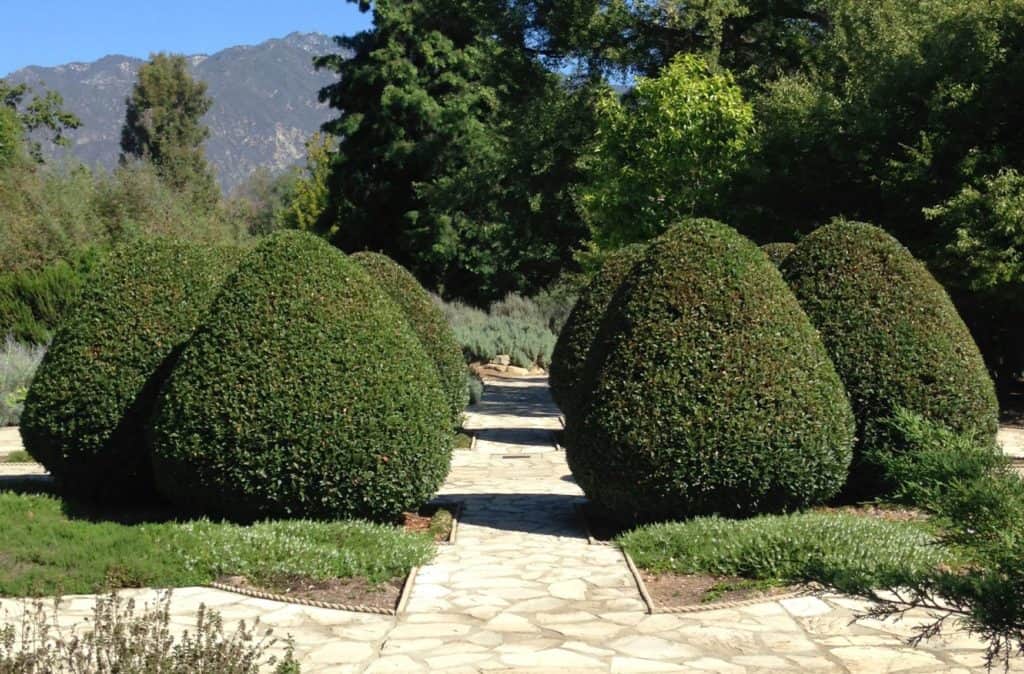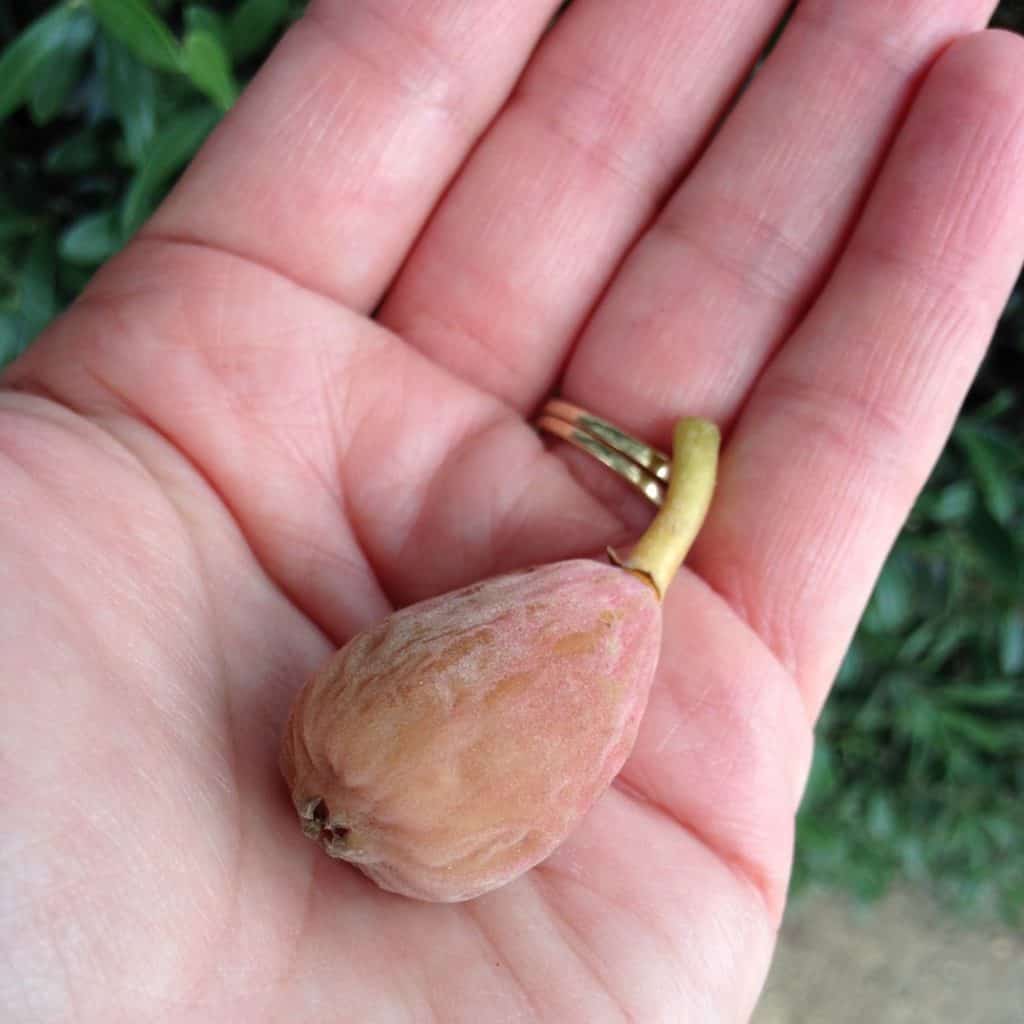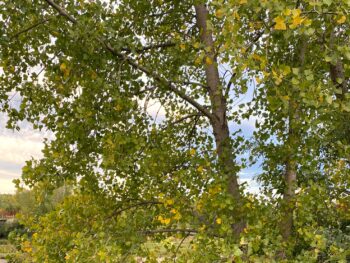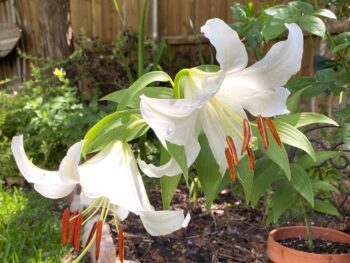Last month garden writers assembled to fill our hearts with fortitude and the forward progress that comes in gathering together. The Garden Writers Association Annual Symposium is a joyful congregation of writers of all sorts—blogs, books, garden news columns, garden catalogs, etc.—along with those who represent the full range of our writing material: plant propagators, growers, tool manufacturers, compost producers, “good dirt” providers, seedsmen and women, and the gardens and trade associations who promote them.
Our garden-writing rally took place in Pasadena, California, where autumns are warm and rainless summers leave us much to learn about plants that are “water savvy,” a term I first heard from keynote speaker Adam Schwerner, and an endearing word I will develop in a future blog.
For now, let me repeat my pleasant rebuke from last year:
If you have a trade association, join it!
Enjoy fellowship on common ground with your colleagues.
If you want to associate with fellow gardeners, join ours!
Social media makes us all broadcast journalists to some degree, and the hope and goodness in gardening is a story we each have a part in stewarding well.
Are there Bible plants in Pasadena?
The vibrant, vividly clean city of Pasadena is nestled next to the San Gabriel Mountains, east of Los Angeles. I was won over on my triumphant entry (triumphant over the LA traffic to get to Pasadena, that is!) to the convention center area with a prominent planting of date palms along Arroyo Parkway.

The righteous will flourish like a palm tree
Psalm 92:12 NIV
Our garden adventures took place east of Pasadena, with a full morning at the L.A. County Arboretum, and a just-above-balmy afternoon tour and evening reception at the Huntington Library, Art Collections, and Botanical Gardens.
Enduring Trees
The L.A. County Arboretum was originally incorporated in 1948 from private ranchland, and first open to the public in 1955. An area of the land, mainly Tallac Knoll, was “devoted to plants of the Bible,” wrote gardening author Leonid Enari in “Plant Portraits Sycamore [sic] Fig” in LASCA Leaves, September, 1974. Naturally well-adapted to California’s endless summer and strand of sun-filled days, trees from the Holy Land have endured since their planting now over 50 to 60 years ago. Tallac Knoll rises in the northwestern corner of the Arboretum’s 127 acres. Along the way to the hilltop, many more Bible plants have found an American home.

In the “plains” of Bauer Lawn at the LA Arboretum, Platanus orientalis trees stand tall, a Promised Land species of plane or sycamore tree – a thoughful view of their canopies against blue skies.
Jacob, however, took fresh-cut branches from poplar, almond and plane trees and made white stripes on them by peeling the bark and exposing the white inner wood of the branches.
Genesis 30:37 NIV

Passing by Baldwin Lake, papyrus grows lush and fluffy in the sunshine.
The burning sand will become a pool, the thirsty ground bubbling springs. In the haunts where jackals once lay, grass and reeds and papyrus will grow.
Isaiah 35:7 NIV
Continuing on to the Herb Garden at the base of Tallac, two designs of quadrant pathways are anchored by species from Scripture.

The Herb Garden is anchored by four corners of impressive bay laurel topiaries.

Four pomegranate trees bursting with fruit accentuate another quadrangle crossroads in the Herb Garden, with a brick water well marking the center point.

Until now, the vine and the fig tree, the pomegranate and the olive tree have not borne fruit. “‘From this day on I will bless you.’”
Haggai 2:19 NIV
The Herb Garden is also abundant with evergreen dwarf myrtle shrubs.

Dwarf myrtle, a diminutive variety of Myrtus communis, is planted abundantly in the Herb Garden…though hardly dwarf! It grows taller than me.
He was standing among the myrtle trees in a ravine.
Zechariah 1:8 NIV
A rare sighting of caper bush was also a delight!


Flanking a stone walkway that alludes to caper’s adaptability to rock gardens and its growth on the Wailing Wall in Jerusalem, caper bushes mound and spill over the pathway border.
A Humble Tree Rises
In perhaps the most elegantly situated planting in the world for this species, on the central perch of Tallac Knoll, a sycomore fig tree stands in beautiful symmetry and poise. This unusual tree was planted at the Arboretum in 1953.

The notoriety of this planting brings to mind a sweet Word from the Lord on being steadfast, as sycomore figs were generally considered a more humble species in ancient times, eaten by those of modest means, disdained for the more desirable Ficus carica varieties. Enjoy the irony that this formerly lowly fig is now “lifted up” in prominence!

Sycomore fig fruits grow directly from the trunk and main branches, giving the tree’s structure a peculiar appearance (yes, that is sycomore, spelled with an “o” after its Latin name, though frequently changed to “sycamore” by modern spell-check software!).
Humble yourselves, therefore, under God’s mighty hand, that he may lift you up in due time.
1 Peter 5:6 NIV
The Huntington
The Huntington Library, Art Collections, and Botanical Gardens was established out of the estate and collections of Henry and Arabella Huntington, formed in 1919 as a nonprofit educational trust. The Huntingtons acquired treasured artwork and manuscripts throughout their lives, and the development of botanical gardens matches the prestige of their collected creative works.

The Huntington Botanical Gardens is literally a Bible garden…with a rare copy of the Gutenberg Bible on vellum housed in the Library located in the middle of the garden grounds.
The well-ordered entry at the Huntington greets all who enter with the strength of evergreen myrtle and its delicate, sweet floral sprays.

Instead of the thornbush will grow the juniper, and instead of briers the myrtle will grow. This will be for the Lord’s renown, for an everlasting sign, that will endure forever.
Isaiah 55:13 NIV

Sweet beauty in dwarf myrtle blossoms
Moving from the entrance, education and visitor center (and an outstanding garden gift shop!) towards the library, art collections, and gardens, one passes through an ornamental grasses planting with a distinctly Persian garden design form.

The Huntington cultivates an Herb Garden as well, with most of the species at the nearby LA Arboretum—bay laurel, pomegranates, caper bush, plus a whole garden of date palms. Below are few more Bible plants to spy.

your children will be like olive shoots around your table
Psalm 128:3 NIV

Cleanse me with hyssop, and I will be clean;
wash me, and I will be whiter than snow.
Psalm 51:7 NIV
Arbor Vines
Finally, one is never far from grapevines in California! Both botanical gardens twine in grapevines, covering trellis’ and structures to offer delicious shelter.

These branches span a trellis near the Garden for All Seasons at the L.A. County Arboretum featuring edible plants.

‘…In that day each of you will invite your neighbor to sit under your vine and fig tree,’ declares the Lord Almighty.
Zechariah 3:10 NIV
Enjoy more information about these gardens online at www.arboretum.org & www.huntington.org

A special thank you to Richard Sculhof, CEO of the Los Angeles County Arboretum, for guiding me to the scyomore fig tree.
For more about Garden Writers Association (now GardenComm International), visit www.gardencomm.org
Photo Credits: © 2015 Shelley S. Cramm













